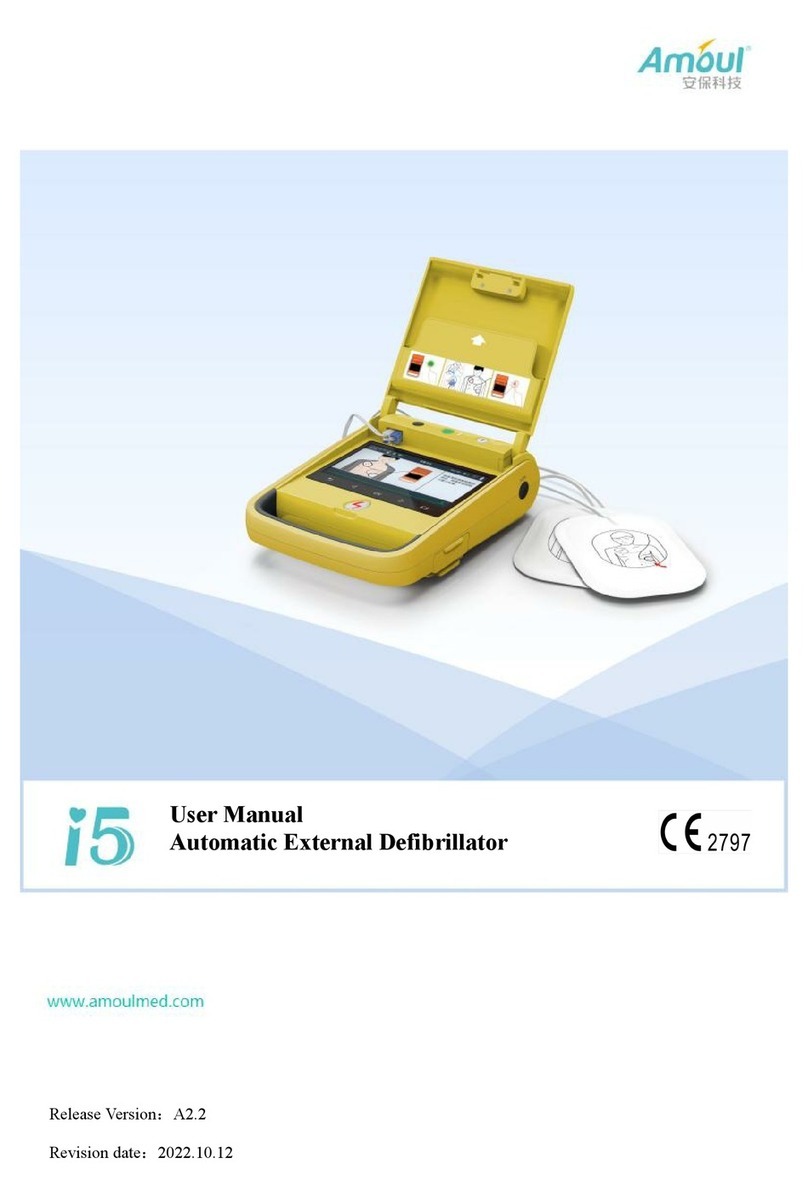3.13 Patient breathe valve.................................................................................................................23
3.13.1 Patient inspiratory valve..................................................................................................23
3.13.2 Patient expiratory valve...................................................................................................23
4 Interface description................................................................................................................................24
4.1 Main interface components ........................................................................................................24
4.2 Waveform interface......................................................................................................................26
4.2.1 Monitor waveform switching.............................................................................................26
4.3 Loops interface.............................................................................................................................27
4.4 Monitoring value interface...........................................................................................................27
4.5 Trend diagram interface..............................................................................................................28
4.6 Mechanics interface.....................................................................................................................28
4.7 Freeze............................................................................................................................................28
4.8 Events............................................................................................................................................28
4.9 Settings..........................................................................................................................................29
4.9.1 System.................................................................................................................................29
4.9.2 General................................................................................................................................31
4.9.3 Maintenace .........................................................................................................................31
4.9.4 About ...................................................................................................................................32
5 Special functions......................................................................................................................................33
5.1 Lung recruitment ..........................................................................................................................33
5.2 CPR................................................................................................................................................33
5.3 PEEPi.............................................................................................................................................34
5.4 P0.1................................................................................................................................................34
5.5 NIF..................................................................................................................................................35
5.6 Dynamic lung................................................................................................................................35
5.7 Suction...........................................................................................................................................36
5.8 Insp. holding..................................................................................................................................36
5.9 Exp.holding ................................................................................................................................... 37
5.10 Manual.........................................................................................................................................37
5.11 Nebulization................................................................................................................................37
5.12 P-V tool........................................................................................................................................38
6 Alarm .........................................................................................................................................................40
6.1 Alarm message ............................................................................................................................40
6.2 Alarm priority.................................................................................................................................40
6.3 Technical Alarm............................................................................................................................41
6.4 Physiological alarm......................................................................................................................44
6.5 Battery alarms ..............................................................................................................................44
6.6 Communication Alarms...............................................................................................................45
6.7 Alarm rules....................................................................................................................................45






























